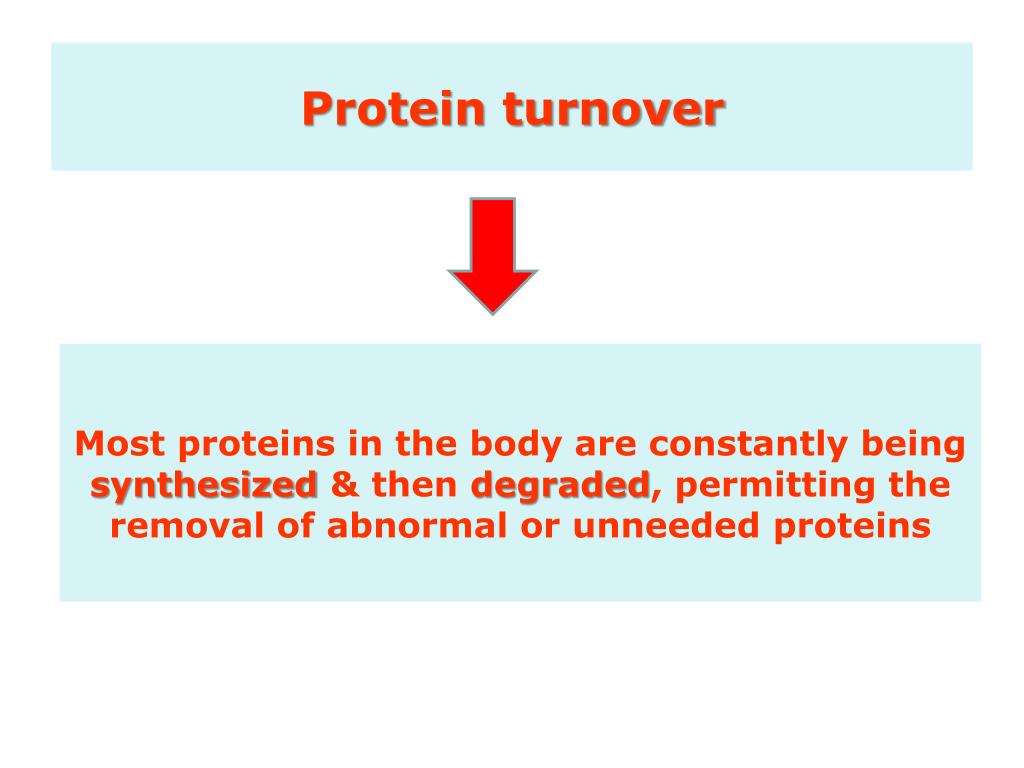

Mature proteins also become damaged or misfolded over time and require selective degradation and replacement. Protein folding is inefficient, and newly synthesized proteins often become terminally misfolded and require degradation ( Hegde and Zavodszky, 2019). While mechanisms of INM targeting have been extensively studied, it is less clear how INM proteins are targeted for degradation if misfolded, damaged, or mistargeted. Transport across the NPC is a major kinetic barrier to accumulation of proteins at the INM ( Boni et al., 2015 Ungricht et al., 2015). Proteins concentrate at the INM by mechanisms including diffusion followed by stable binding to a nuclear structure, such as chromatin or the nuclear lamina, or signal-mediated import through the NPC ( Katta et al., 2014). See also Source Data 1–2, Supplementary files 1– 3, and Figure 1-figure supplement 1.Īs the INM is devoid of ribosomes and translocation machinery, INM proteins must be synthesized in the ONM/ER and transported into the INM. ( H) There is no significant correlation between extraluminal domain size of INM proteins and their half-lives. ns indicates lack of statistical significance by Mann-Whitney test. ( G) Calculated half-lives of 10 bona fide INM proteins, ranging from slowly degraded (nurim, purple) to rapidly degraded (emerin, green) 12 nuclear envelope transmembrane proteins (NETs) identified as NE residents by subtractive proteomics (see Schirmer et al., 2003) and 112 ER membrane proteins. Median turnover behavior of 1677 proteins detected in at least three timepoints with at least one peptide (black line) with one standard deviation (gray) compared to turnover of the slowly exchanged protein Nup160 (black) and the rapidly exchanged protein Topo2α (blue). ( F) Features of nuclear proteome turnover. ( E) Histogram of calculated half-lives for 1677 proteins with a median half-life of 2.4 days. ( C,D) Representative peptide scans for a slowly degraded protein (Nup160) and ( D) for a rapidly degraded protein (Topo2α) at the starting and ending points of the experiment outlined in ( B). Nuclear extracts were prepared at day 0, day 1, day 2, and day three for proteomic identification. After 3 days of culturing under differentiating conditions to generate non-dividing myotubes, cultures were switched to chase medium containing 12C-lysine and 12C, 14N-arginine for 1 to 3 days. C2C12 mouse myoblasts were cultured for five population doublings in medium containing 13C 6-lysine and 13C 6, 15N 4-arginine to completely label the proteome. ( B) Overview of dynamic SILAC labeling experimental design. INM proteins are synthesized in the ER, pass through the NPC, and enrich at the INM. ( A) Diagram of the ER with associated ribosomes, the NE composed of the ONM and INM, the NPCs, and the underlying nuclear lamina.


 0 kommentar(er)
0 kommentar(er)
